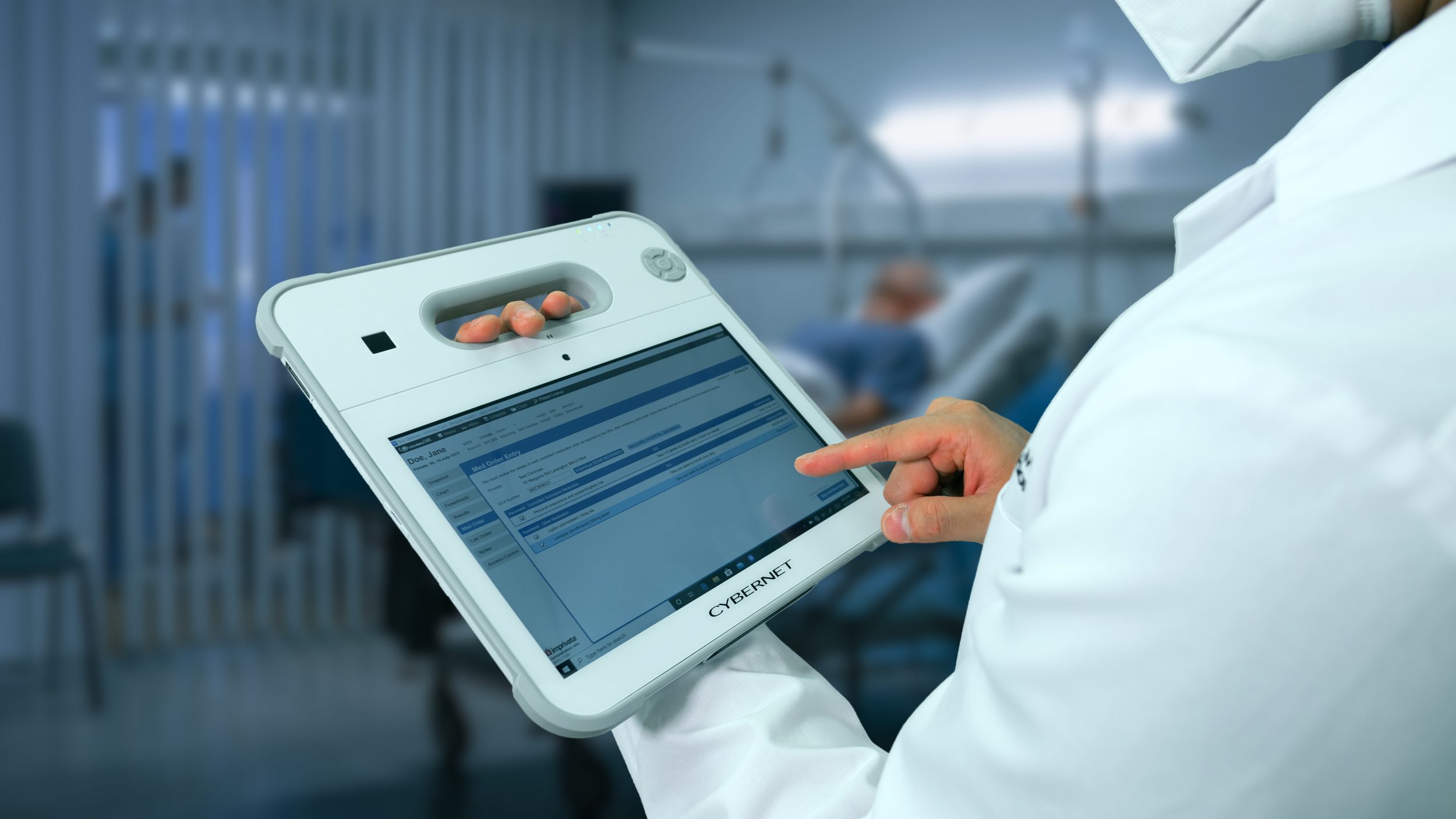Data drives modern medical technology. Over 10 billion Internet of Things (IoT) medical devices measure and report information like heartbeat rate, blood pressure, glucose levels, and more. This data must be processed and analyzed so that healthcare providers can make better-informed treatment decisions.
But, how this data is collected and where it is processed is a significant point of contention. Most healthcare organizations rely on cloud-based computing solutions, where data is transmitted to a centralized server for use.
However, edge computing has risen as an attractive alternative to cloud computing. Properly implemented, edge computing can deliver faster, more accurate results, leading to better patient outcomes.
Cloud Computing vs. Edge Computing: What’s the Difference?
Article Guide
Cloud computing: In a cloud computing environment, patient data from various sources, such as clinics, EMS units, wearable sensors, and in-home devices, is transmitted to a cloud computing server. The data is processed, analyzed, and then stored in this server for healthcare providers to access.
Doing this does have several disadvantages, however. First, transmitting this data requires sending it through a central firewall, which inspects and verifies it before it can reach the cloud for processing. However, passing through this firewall takes time, time that may be critical in a healthcare environment.
The second major downside is that malicious actors can intercept or spy on the data while it is transmitted. This forces healthcare groups to use some form of encryption to protect their data and ensure HIPAA compliance. Encrypting and decrypting data is also costly in terms of time.
Edge computing: In an edge computing environment, data collection and processing occur on the same local area network (LAN). This could be two devices physically connected, such as a pacemaker directly plugged into a medical-grade computer or processors built directly into the medical device itself.
Because edge computing places data collection and processing closer (physically and in terms of networking), it can be performed far faster than cloud computing.
The Advantages of Edge Computing in Healthcare
Edge computing’s speed and lack of wireless transmission give it several advantages over other types of computing, especially in the healthcare field.
Improved Patient Care
Because health data can be analyzed faster, healthcare providers and patients can react to potential issues before they become major problems. This speed also helps ensure diagnoses are more accurate to patients’ needs.
Security and Privacy Compliance
Processing data at its collection site removes the need for transmission to a cloud service. This means there’s less need to encrypt it, making it easier to meet data privacy regulations like HIPAA.
Lower Costs
Less reliance on cloud computing means healthcare groups can save money on licensing such services. Additionally, the greater accuracy that edge computing delivers helps ensure fewer mistakes and lowers the cost per patient.
Use Cases for Edge Computing
Edge computing is beneficial for any situation that requires quick diagnosing or reaction to changes in a patient’s condition, such as:
Ambulances
In most current emergency service systems, paramedics can only brief doctors and get patients the treatment they need once they reach the hospital. This means critical minutes where a patient needs treatment but cannot receive it go to waste. With edge-computing devices, first responders can analyze a patient’s vital signs for real-time diagnosis and treatment.
In-Hospital Patient Monitoring
Patient monitoring devices such as glucose and heart rate monitors are either unconnected or have to be linked to a third-party cloud service. Unfortunately, using these cloud services presents the aforementioned speed and security concerns. On-site edge computing can process data locally, answering both of these problems.
Remote Patient Monitoring and Care
Telehealth’s remote patient monitoring (RPM) is an attractive proposition for healthcare groups, as it allows them to send patients home earlier, lowering costs and freeing up beds. It’s also extremely useful for serving remote or rural areas where accessing medical resources is difficult.
By using edge computing medical devices in their remote patient monitoring, healthcare groups can provide patients with real-time information on their condition. Implementing edge computing here also reduces the need to transmit data across long distances, which can be incredibly demanding on rural networks (especially if video is being sent).
Edge Computing With Cybernet Medical Computers
Implementing edge computing comes with numerous advantages, but it also requires powerful medical-grade computers capable of supporting such tasks. Cybernet Manufacturing produces medical-grade tablets and computers that are certified for healthcare environments and boast powerful Intel processors and up to 64 GB of RAM. This allows them to tackle even the most challenging of edge computing applications.
If you’d like to learn more about the benefits of edge computing and how Cybernet’s devices can help you achieve it, feel free to contact our team. We’d be happy to discuss how our devices can support your organization’s efforts to modernize its healthcare operations.
Join the conversation and connect with us on this and other relevant topics – Follow us on Facebook, Twitter, and LinkedIn.
Best Medical Tablets for Healthcare
August 11, 2021
We are well into the digital revolution in Healthcare. Gone are the days of clipboards and storage rooms filled with folders of handwritten patient records. Medical Tablets are now the standard way medical data is…
0 Comments6 Minutes
You Can't
Learn from a Pop-up
But we can deliver knowledge to your inbox!
We dive deep in the industry looking for new trends, technology, news, and updates. We're happy to share them with you.
Knowledge, News, and Industry Updates Right in Your Inbox



